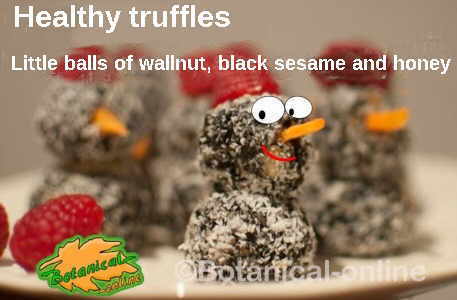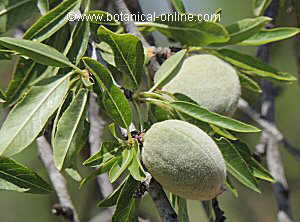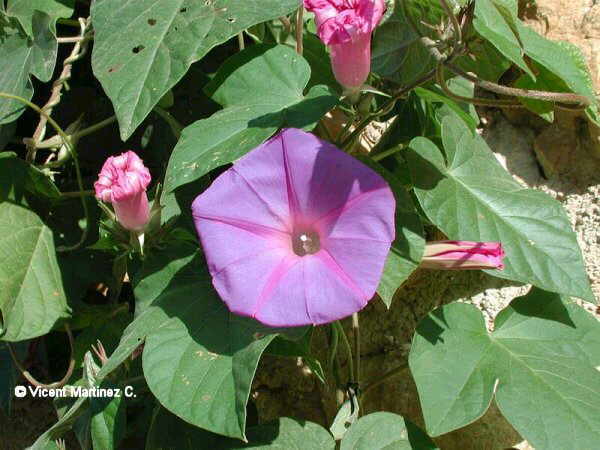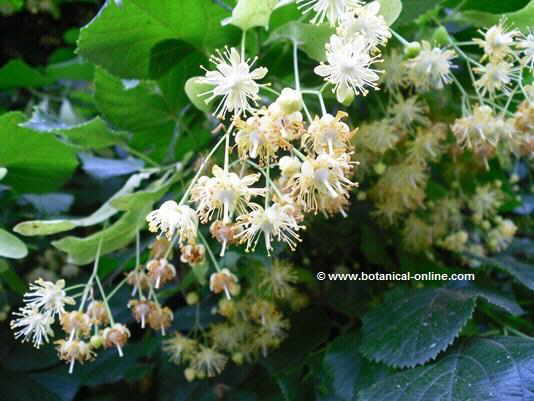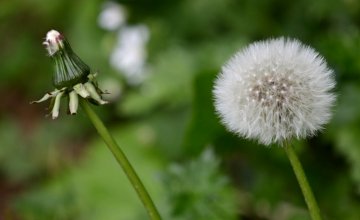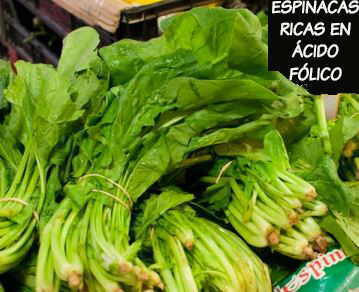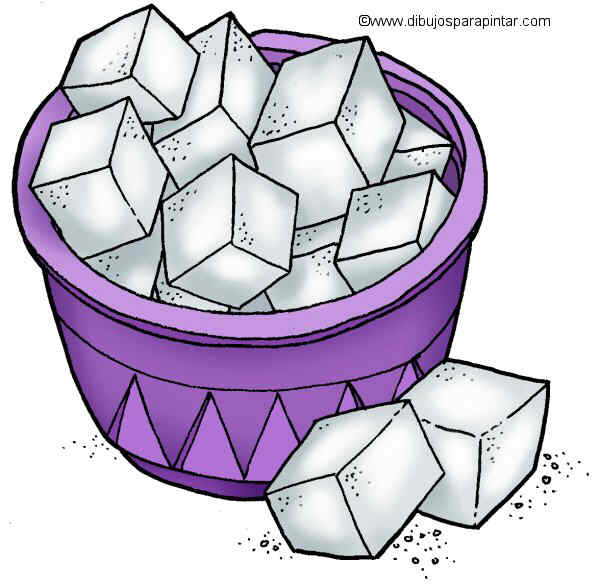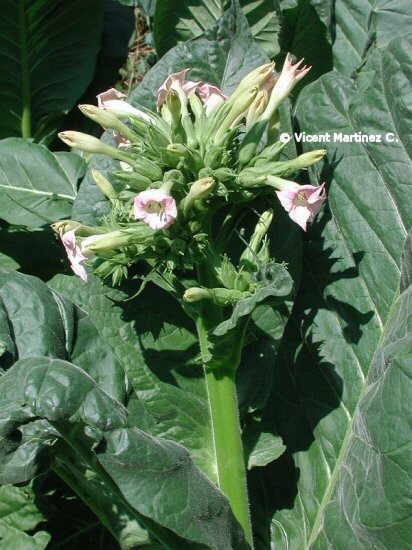Contents
GREATER CELANDINE BENEFITS
Medicinal properties of greater celandine
Greater celandine (Chelidonium majus) was a plant used in ancient times as a sedative remedy or pain reliever, for the eyes and to treat warts and corns.
Its importance is summarized in some verses of popular Spanish proverb: “la cirigüeña, de todos los males es dueña“. (= “Greater celandine is owner of all pains “)
It belongs to the family of poppies, and, therefore, it can be considered a relative of oppium poppy, a toxic alkaloid-containing and narcotic plant, which is extracted from opium and morphine.
In general, plants in this family are characterized by its content in latex, found in the juice of the plant. This latex is a caustic substance, used to sear warts of soften calluses.
The sap or juice of celandine is characteristically yellow or orange, due to its content in alkaloids chelidonic acid and nicotinic acid. These components have abortifacient, narcotic, sedative, antiseptic, antispasmodic and purgative effects.
| Celandine is a toxic plant, so its internal use should be carefully controlled. |
External preparations with greater celandine

Botanical illustration of greater celandine (Chelidonium majus) Warts: celandine is one of the best remedies for skin warts. It contains chelidonic acid and alkaloids, all of them effective against warts. Chelidonic acid is known as an effective anti-wart. Furthermore, celandine contains alkaloids with strong antiviral properties, capable of fighting the viruses that cause warts on the skin. These alkaloids also have antimitotic properties, capable of stopping the growth of cells (mitosis), preventing the development of warts.To prepare this type of remedy, the fresh plant is used. (Cut a piece of celandine, and rub the juice of the plant (orange) directly on the wart, protecting the surrounding skin with a bandage or vaseline. It must be applied 1 or 2 times a day for 9 consecutive days. You can also prepare a decoction of the plant and apply with cotton on the wart)* More information: Celandine remedy for warts.
- Calluses of the feet, similarly to the above, celandine prevents growth of corns since celandine latex burns the tissue to soften the area. This plant is a traditional remedy for corns.
* More information: Celandine cream for corns
- Herpes: Chelidonine and berberine are both two alkaloids from this plant that possess anti-herpetic properties, so, they can help in the treatment of the herpes virus ( compresses have to be applied in this remedy, always when there are no blisters, irritation or injury)
- For Eyes: Celandine decoctions for eye pads are one of the best remedies for tired eyes or presbyopia, ocular inflammation and conjunctivitis. Celandine is also effective against styes, which are inflammations of the glands of the eyelashes (A suitable decoction for the eyes with this plant is made with 15g. per liter of fresh leaves. Decoction for 2 minutes and apply with a pad or cotton).
- Footbath celandine: A foot bath prepared with celandine is used to dilate the veins of the feet and promote blood flow, helping to cause the period. Apply a foot bath with 20g. of fresh plant.
- Skin cancer: celandine baths have been used as an adjunct in the treatment of skin cancer.
 Photo of greater celandine, with flowers and fruit
Photo of greater celandine, with flowers and fruit
Internal preparations with greater celandine
It is not recommended to take celandine internally. Its use must be prescribed by a doctor.
Celandine is a highly toxic plant and can have unwanted side effects. If you choose any of the following remedies, you should not continue the treatment for more than 2 days. See your doctor if symptoms persist.
In some cases, internal remedies with celandine have caused acute hepatitis, which improved after stopping treatment. As a precaution, you should consult other natural remedies.
Celandine preparations in internal use that have been used are:
- Analgesic: Celandine alkaloids are similar to those of opium, of the same botanical family. They share, therefore, some of their analgesic, antispasmodic and sedative properties used to relieve acute pain. It has been used as a remedy for cramps and abdominal cramps.
Celandine is also used to treat pain caused by renal colic, gout and arthritis In case of fever, celandine infusions are used for its diaphoretic properties that stimulate sweating (infusion of 10-15g of fresh plant per liter of boiling water, let stand 10 minutes and strain. Take between 1-3 cups a day, away from meals. There is an ancient remedy, called “celandine wine”, which consists on macerating 15g. fresh plant in a liter of water or white wine for 10 days. Filter and take 1 to 2 little cups per day as a narcotic, to help relieve pain and as a sleeping remedy).
- Toothache and sore throat: chewed, the plant is used as a painkiller for toothache due to its content in sanguinarine and Chelidonine (alkaloids). Gargles are used against sore throats.
- Gingivitis: gargles are used to treat gingivitis, because of its anti-inflammatory and antiseptic properties.
- Gallstones: Greater celandine has its application as a sedative and analgesic to relax smooth muscles and relieve pain caused by gallstones. Some celandine alkaloids are muscle relaxants, that’s to say, they relax the smooth muscles of the biliary tract, relieving symptoms of colic pain (infusion of 5g. of fresh plant per liter of boiling water, let stand for 10 minutes and strain. Take up to 2 cups a day, away from meals).
- For cough: The antispasmodic effect of celandine alkaloids also benefits the respiratory system, helping to relieve cough and spastic bronchitis (infusion: 10g of fresh plant per liter of boiling water, let it stand for 10 minutes and strain. Take between 1 and 2 cups a day, away from meals).
- Sedative: It can be used in specific nerve disorders such as spasms of the glottis (bolus hysterical), or psychosomatic stress digestive symptoms (nausea, vomiting) (infusion of 10g of fresh plant per liter of boiling water, let stand 10 minutes and strain. Take 1-2 cups a day, away from meals).
- Purgatory: the plant is very irritating for the digestive tract and produces a strong laxative or purgative effect. In fact, it was formerly used as a remedy for intestinal parasites and viral gastroenteritis (infusion of 10g of fresh plant per liter of boiling water, let it stand for 10 minutes and strain. Take 1 to 2 cups a day, away from meals).
- Anticancer: Currently, the toxic activity of this plant anticancer components is trying to be separated. Chelidonine, present in the plant alkaloid, with antitumor effect, is able to inhibit the growth of cancerous tumors, reason why it has been reputed as anticancer plant. This property derives from its antimitotic property (which prevents reproduction mitosis or cell). Celandine could stop the development of cells, for example, in external applications for warts. Hypothetically, this property works by slowing the growth of the tumor.
Research in the use of celandine in the field of oncology is been carried. There is a cancer drug, called Ukrain, that contains chelidonine, a thiophosphoric alkaloid derived from greater celandine. This has shown therapeutic effects in cancer patients by modulating the immune system. Also celandine extract is also included in other supplements as adjuvants for cancer, such as Cancer Efecplant 11.
- Infectious diseases: Celandine extract has been used to treat viral diseases. Celandine alkaloids have shown effectiveness in fighting some viruses, such as influenza, herpes and mumps. Recent research focuses on the use of the drug Ukrain (celandine extract) as an adjunctive treatment of AIDS. Initial investigations suggest that the extract of celandine alkaloids could increase immuno-hematological status of the patient, however, this is still under study.
* Related information: Application and dosage of celandine
![]() More information on greater celandine.
More information on greater celandine.

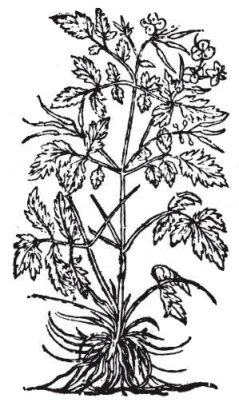
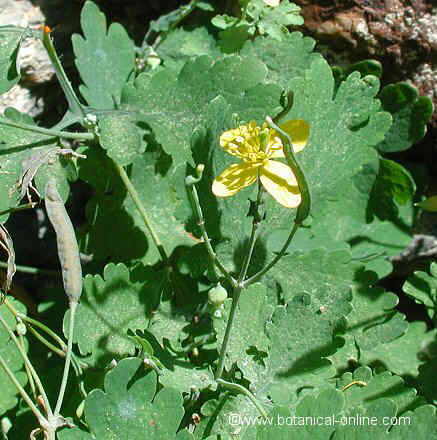 Photo of greater celandine, with flowers and fruit
Photo of greater celandine, with flowers and fruit